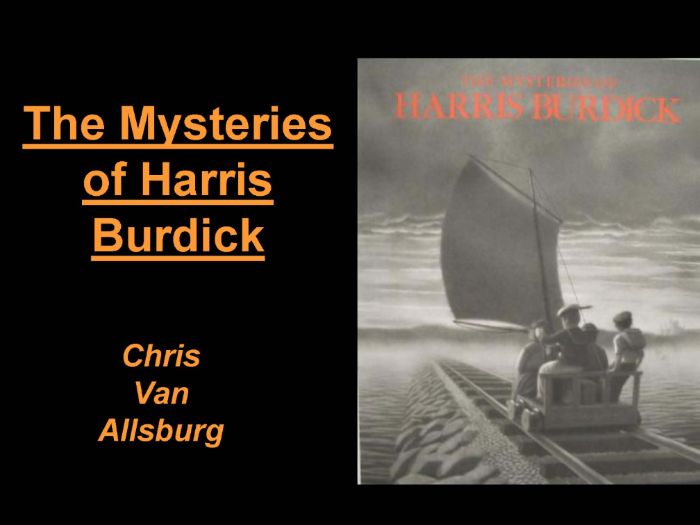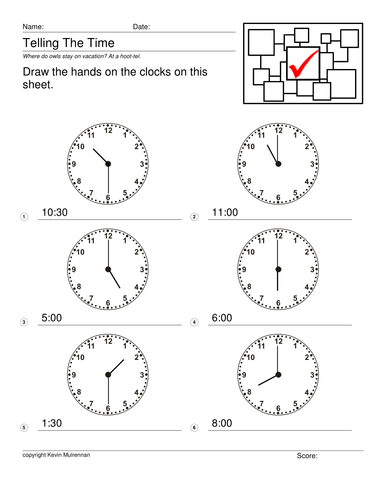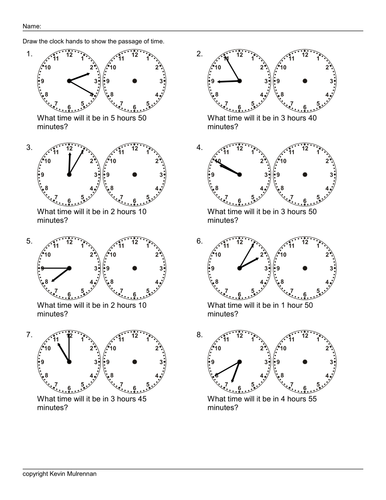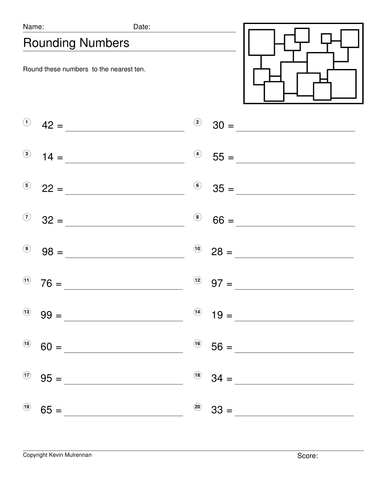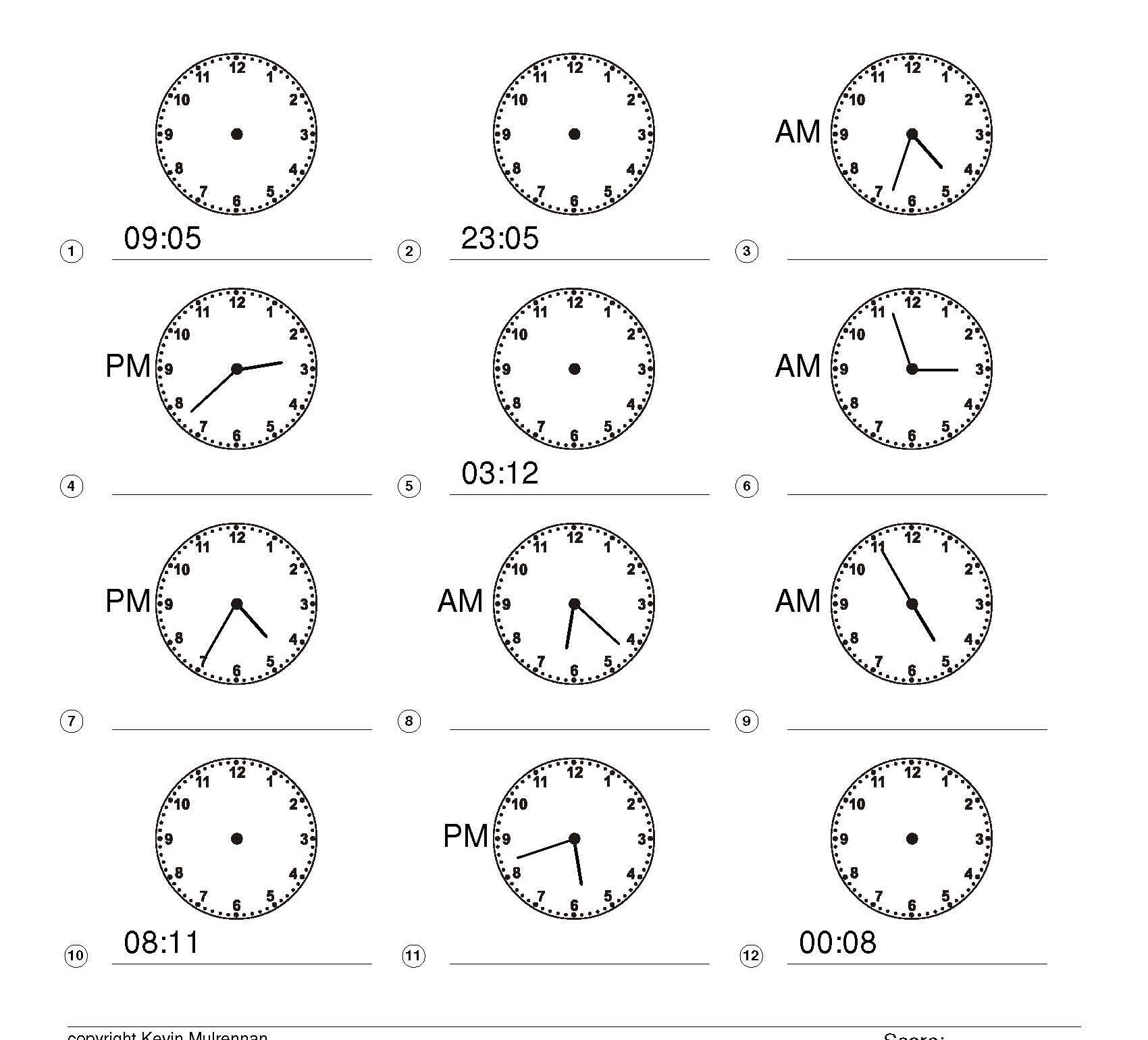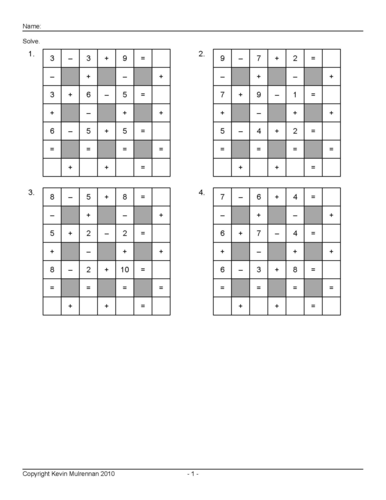358Uploads
98k+Views
29k+Downloads

Classic Narrative Poems Noyes Maggie and the Dinosaur Dave Ward The Works
Sample planning :
Genre: Poetry Unit 2 – Classic/Narrative poems.
Focus Texts: ‘The Highwayman’ by Alfred Noyes. ‘Maggie and the Dinosaur’ by Dave Ward.‘The Works’ (poetry anthology) by Paul Cookson. ‘The Puffin book of utterly brilliant poetry’ (Anthology) edited by Brian Patten.
Prepare to share a narrative poem from an anthology: Maggie & the Dinosaur, p463 in The Works by Paul Cookson.
Explain that an Anthology is a collection of poems specially chosen by a person: an anthologist.
Highlight that Narrative poems are poems which tell a story. Point out that not all narrative poems have the same structure although each poem will probably have its own! They often have many verses just like a song, with each verse telling the next part of the story.
Ask the children to respond to the narrative poem we shared. Which parts, lines & words did they enjoy the most? Did they like the way that the poem was read? Narrative poems are often long so they need to be read in a way that keeps the audience interested from start to finish. Just like a good story reader would make a story sound interesting.
Children to be split into mixed ability groups of four and given copies of two poems:
‘Dave Dirt’s Christmas presents’ and ‘GreedyGuts’ both by Kit Wright.
Ask the question: how can you be sure that you are looking at a narrative poem? They should decide which they would like to share with the class. How are they going to read it?
Altogether, in pairs, individually on rotation? Allow each group time & space to practice for presentation.
Groups to present their poems.
Other groups to offer constructive feedback.
Success Criteria:
I know that a narrative poem is one which tells a story.
I can contribute to a group activity, taking turns where necessary.

Year 1 Maths English Planning
Planning for English and Maths. 56 files.
sample:
Text:
This is the bear and the scary night
Genres covered in this unit:
Narrative SPAG focus:
Monday: spelling patterns
Tuesday: use and to join clauses
Wednesday: high frequency words
Thursday: high frequency words
Friday: time connectives
Key teaching input/texts/questions/
clips etc Steps to Success
Read the story This is the Bear and the scary night
Discuss character, setting, key events etc…
Discuss what happened in the beginning, middle and end of the story. Explain to the children that this week they are going to write their own story similar to the bear and the scary night.
Ask children to describe their character to their partner (can be their favourite toy or the teddy they bought into school on Friday).
Ask children to share their ideas about their story.
What is the setting?
What are the characters doing?
What is the problem?
How are the characters feeling?
How does your story end?
Mild: describe your main character
Spicy: share your ideas with your partner
Hot: listen attentively to your partner
Extra Hot: Act out key events from your story
LA Activities MA Activities HA Activities
Read to Write
Mrs Preston Phonics
Mrs Simpson Talk for writing and act out their story
Photos for books
Resources: The bear and the scary night book, cards with questions
Give 3 minutes for children to recap their story.
Who is their main character?
What happens at the beginning, middle and end of the story?
Model how to put key ideas onto their plan.
Steps to Success
Mild: recap your story with your partner
Spicy: Identify the beginning, middle and end of your story
Hot: Write key ideas onto your story plan for the beginning, middle and end.
Extra Hot: Check your partner’s plan is sequenced correctly

100 Questions on Pythagoras Answers Provided Mathematics Geometry KS2
**100 questions on Pythagorus.
IF YOU LIKE THUS I HAVE A REALLY BIG FILE IN THE SHOP
15000 Pythagoras Questions Pythagorean Theorem Maths KS2 KS3
Answer sheets provided.
A good little exercise for your students. Using a calculator this should keep them busy and help you teach Pythagoras’ theorem.**

Telling The Time 96 Worksheets with Answers Maths Differentiated Clocks KS1 KS2
98 worksheets plus answers on telling the time.
Pupils have to draw the time on the clock faces.
Plenty of variety on the sheets. e.g. time on the hour, half hour, quarter hour, plus some five minute ones.

Teaching Resources worksheets Money Shopping cd KS2 Mathematics Coins
I have designed 100 worksheets on Money and Shopping for primary school children. I have used a variety of items, a variety of difficulty and a variety of numbers of questions per sheet. Pupils write on the sheets the total cost. e.g. a milkshake costs £2.90 a hot dog £1.65 How much would 2 milkshakes and 3 hotdogs cost? There is plenty there to reinforce the work done in the classroom. Good for extra homework or additional work for the bright ones. Answer sheets are provided for all worksheets.

Time Passages 100 worksheets with Answers Maths Telling the Time
I have designed 100 worksheets on time passages for primary school children. They have to draw the time hands on the clocks on the sheets. What time will it be? - There are two clocks . The first clock shows a time, the second clock is blank. A question like "What time will it be in 2 hr and 20 min?" appears below the clocks. The student draws the answer on the second clock. You can use your professional judgement to choose the appropriate sheet. Answer sheets are provided for all worksheets.

Rounding Numbers 100 Worksheets with Answers Maths Mathematics
100worksheets on rounding numbers to the nearest 10 or 100.
Answer sheets provided.
20 questions per sheet.
A good time filler or easy homework.

KS2 Mathematical Puzzles Across Down Subtraction
100 puzzles plus answers.
Fill in the gaps in the grids. Mainly 2 figure numbers but some 1 figure ones.
Great for homeworks or time filling.
Bundle

Bundle Coins Worksheets UK Euro Shopping
A good value bundle.
Fill in the worksheets on counting Euro coins, UK coins and a series of shopping questions that test knowledge of money etc.
Bundle

Bundle Coins Worksheets KS2
Bundle.
100 Worksheets on counting coins
Plus questions on Pythagoras and addition
Teaching Resources 100 worksheets Coins KS1 Teachers Counting KS1 KS2
100 Questions on Pythagoras Answers Provided
100 Worksheets Addition Maths Easy at Start Hard at the End
Bundle

Bundle Coins plus Across Down Subtraction and Addition
A bundle.
Coins worksheets plus ones on acoss down puzzles (subtraction and addition)
Teaching Resources 100 worksheets Coins KS1 Teachers Counting KS1 KS2
2
KS2 Mathematical Puzzles Across Down Subtraction
2
Maths Puzzles Across Down Addition 100 Puzzles Plus Answers
Bundle

Mega Bundle Mathematics Worksheets KS2 Best Viewed Numeracy Literacy
A great bundle of my most viewed worksheets.
Incredible value.
Please look at my shop and get the details of the individual goodies you can get.

Year 4 Planning Spring Term Numeracy Literacy KS2
Important! If you’d like to buy the whole year’s planning (Autumn, Spring and Summer) you’d be better off buying my bundle.
Planning for the Spring term for year 4.
You get 160 mb of material so good value imo.
I taught mainly in Catholic schools so has a Catholic bent. But as we live in a multicultural society, this should be no problem.
You get planning for:
creative curriculum
Literacy
Numeracy
P.E. (some)
Science (some)
R.E. (Christmas, Lent etc)
Loads of great lessons to ease your Sunday afternoons. Just cut and paste into your school template.

Year 5 Autumn Numeracy Mathematics Planning & Telling Time Worksheets
Reclaim your Sundays!
Year 5 Autumn planning for Mathematics.
Plus great worksheets on Telling the Time.
13 weeks worth of Maths plans.
Adapt them for your school. Cut ans paste and adapt to your needs.
Topics include
Counting, portioning and calculating
3d shapes
Securing number facts, calculating, identifying relationships
and many more

The Highwayman Alfred Noyes Teaching Resources Powerpoints Worksheets
Assorted great planning and ideas for the superb poem The Highwayman by Alfred Noyes.
Great powerpoints.
Great ideas and worksheets.
Plenty to get your teeth into and reassemble.
Sample planning :
Introduce children to ‘The Highwayman’. Explain that it is a poem that tells a story involving a highwayman.
They will need to listen carefully as the poem is read, as it uses a lot of ‘old-fashioned’ language. The poem was written by Alfred Noyes and was first published in August 1906.
Read the poem to the class and then children talk with partner about what they have found out about the story.
Come back together and discuss the story told through the poem. How can children tell that this poem was written some time ago?
Make notes on the board about character and story.
Make notes about the Highwayman’s appearance.
Recap on the techniques we use in fiction writing (and make clear again that poetry is a type of narrative) to describe the scene/setting to the reader. What is our main objective? To create an image in the reader’s mind. We do this by using the senses – recap.
Re-read just the first three lines of the poem, ask children to close eyes and visualise the setting as I read it again. Talk about the language and the kind of pictures it created for them.
The wind was a torrent of darkness upon the gusty trees,
The moon was a ghostly galleon tossed upon cloudy seas,
The road was a ribbon of moonlight looping the purple moor,
Can the children see a technique which has been used in each of the three lines? Metaphor. Discuss.
Children to pick out words which evoke the senses:
Darkness, gusty trees, ghostly etc
Recap what we have found out so far about ‘The Highwayman’. What makes it a narrative poem?
Explain children’s final writing outcome. They are going to use the opening part of ‘The Highwayman’ as their inspiration and they are going to write their own poem based on Bess, the Landlord’s daughter.
Recap on last lesson – what is a simile and what is a metaphor?
What are the three nouns which Noyes describes using metaphor? The wind, the moon and the road. Children are also going to use metaphor to describe these, they are then going to use simile to describe Bess waiting for her love.
Explain that today’s planning session is going to focus on the metaphor part of the writing outcome.
Model how to write a metaphor by first mind mapping each item.

Grammar Teaching Materials Powerpoints Teaching Materials Worksheets
Gathered together all my Grammar teaching materials from Primary school.
The zip contains them all. Over 170 mb of stuff.
I’ve included a few examples in the ordinary upload so you can look.
sample:
Start by reviewing homework and making a list for the working wall.
Define each type of word: Noun, adjective, verb and adverb. Build up a sentence as we go.
Show the children a picture on the whiteboard of a horse galloping and of a lightning bolt. Children to write down 3 (LA) or 5(MA and HA) important nouns from the picture. Share. On the left of the noun, children to write an adjective to modify or describe the noun. Share. After the noun, children to write a verb and then an adverb to qualify the verb.
e.g. The black horse galloped elegantly along the beach.
Children to have 5 minutes to read and digest their new writing target. Ask any questions if necessary.
Praise the children on yesterday’s literacy work – they showed knowledge of the function of nouns, adjectives, verbs and adverbs (HA showed knowledge of the difference between common, proper and pro nouns).
Children to name a range of punctuation – I record on the board (I do not add to it at this point).
Ask volunteers to illustrate uses of the punctuation named. Look on the punctuation pyramid – have we named any L5 punctuation? This is what we should be aiming at all the time.
Children to have a variety of sentences to up level punctuation on their whiteboards.
Come back to ‘The Mysteries of Harris Burdick’. Read through all of the captions and talk about ‘reading’ the illustration. Allow children time to talk about the ‘mystery’ – what do they think happened to Harris Burdick?
Choose a picture from ‘The Mysteries…’ and list all of the questions which it provokes. What do children think of the pictures? Do the captions answer any of the questions?
Talk about the settings in the pictures – often they are recognisable, familiar settings where things are not as they seem. Explain that we would call this ‘Stories in a familiar setting’.
Model the task.

Wolves in The Wall Planning Plus Literacy Arguments Neil Gaiman
Great 4 weeks planning for this Literacy topic.
Really nice powerpoints.
Plus free bonus. Plenty of argument planning using Olympics.
Example planning :
Identify and discuss the various features of a fiction text, including characters, settings, themes and dilemmas, the author’s intentions, the structure and organisation of the text and the way language is used to create effects on the reader.
Speaking
Use the techniques of dialogic talk to explore ideas, topics or issues.
Creating and shaping texts
Set their own challenges to extend achievement & experience in writing.
Understanding and interpreting texts
Understand how writers use different structures to create coherence and impact.
Text structure and organisation
Use varied structures to shape and organise text coherently
Sentence structure and punctuation
Express subtle distinctions of meaning, including hypothesis, speculation and supposition, by constructing sentences in varied ways
Use punctuation to clarify meaning in complex sentences
To produce several pieces of writing based around the focus text.
To learn and identify the features of a formal/impersonal text and comment on occasions where this may be necessary.
To produce a formal letter, speech and broadcast using appropriate form, features and content.
Remind children of last week’s immersion into the focus text. TTYP – what did you think of the text? If you could talk to the author, what would you say to him? Ask him?
Display a ‘Likes/Dislikes/Patterns/Questions’ board on the whiteboard. Explain that we are going to focus on the ‘patterns’ section today.
Re-read the last few pages of the book and add ‘false endings’ to the patterns section.
Have some photocopied pages from the book in the centre of the tables (each table to have different pages).
Give groups ten minutes to note any patterns they see on whiteboards.
Come back together and note on the board to include:
False endings.
Simile
Lucy asking her Mother, Father and brother for advice, always in that order.
Adjectives for the noises she hears.
Alliteration and onomatopoeia.
Phrase “You know what they say…”
Appearance of pig puppet.
What effect do these patterns have on the reader? They give the text fluency, a rhythm almost like a poem. They make the text easier to read and digest. The repetition also mimics the repetition of Lucy’s pleas to her family to listen to her about the noises. They make the reader frustrated on Lucy’s behalf.
Have one child write a definition of ‘atmosphere’ on a sentence strip for the working wall. A general feeling or mood.
There are a few different atmospheres in this book. Discuss. List tension, frustration, relief etc on the board.

Latin Word Search Freebie plus answers Cambridge Latin Course
A freebie.
A Latin word search.
If you like this one, I have 500 for sale in my shop.

Maths Puzzle Across Down Addition and Subtraction Puzzle Plus Answers
Great for reinforcing maths.
Across-Downs is a fun activity that reinforces addition and subtraction skills.
The object of the exercise set is to find the answer for each row and column, then use those answers to calculate the final answer in the lower right-hand corner of the puzzle.
This tests addition and subtraction.
If you like this freebie, please visit my shop which has loads of puzzles for sale. Buy the bundles for best value.

Freebie 2 French Wordsearches KS1 KS2 Perfect for Friday Afternoons With Answers
2 French wordseaches with answers.
Each one has 20 basic words to find.
Perfect for rainy Friday afternoons, homeworks etc.
If you like these, please visit my shop where you can purchase 500 of these at a very reasonable price.

